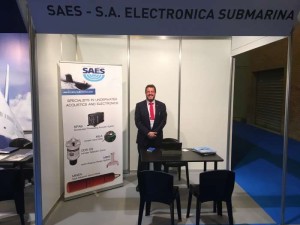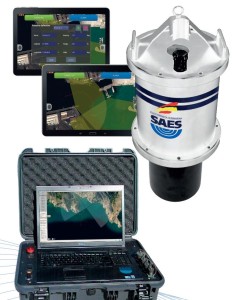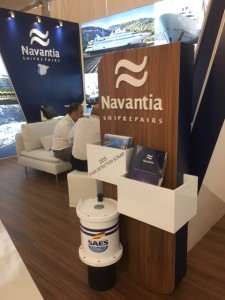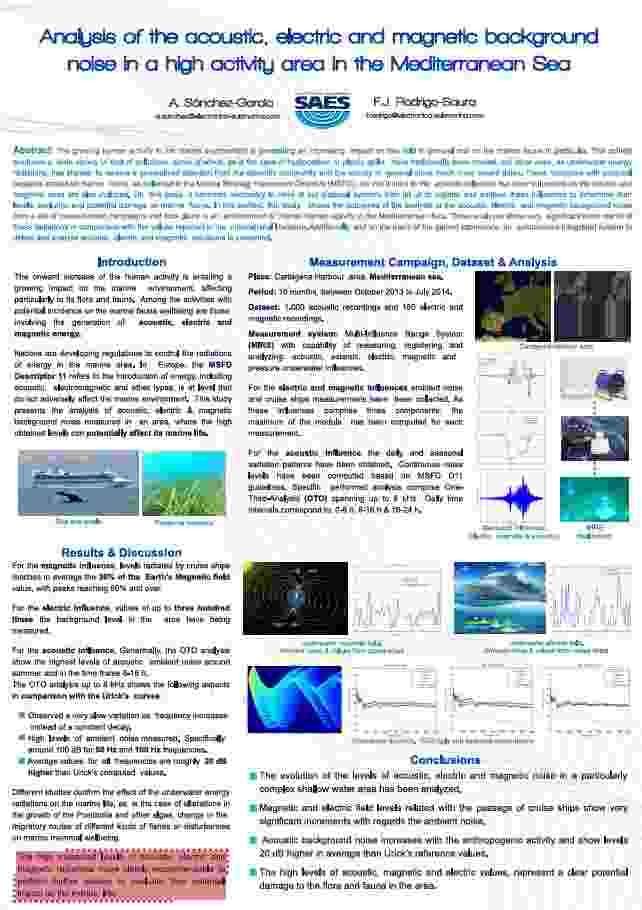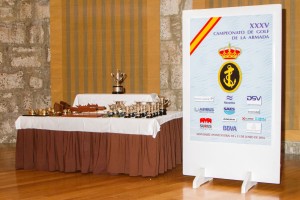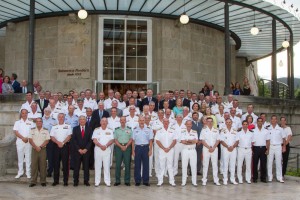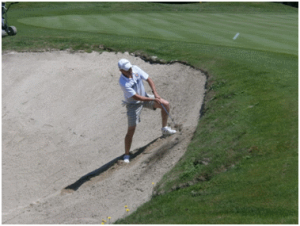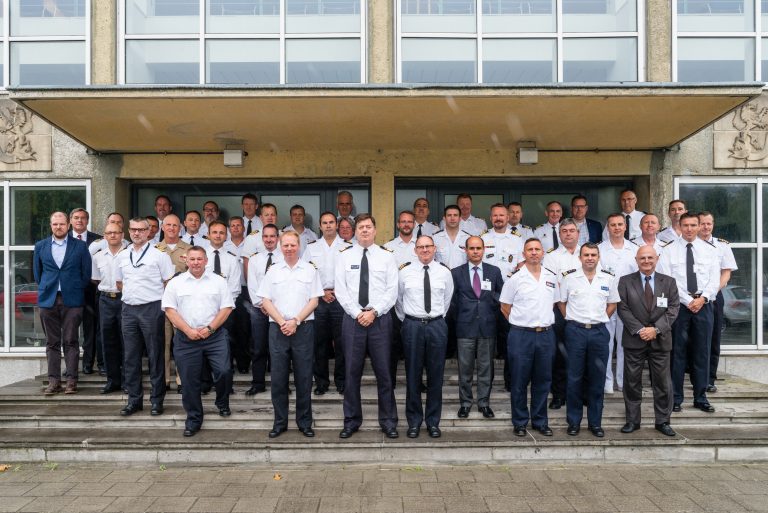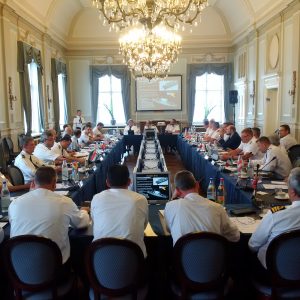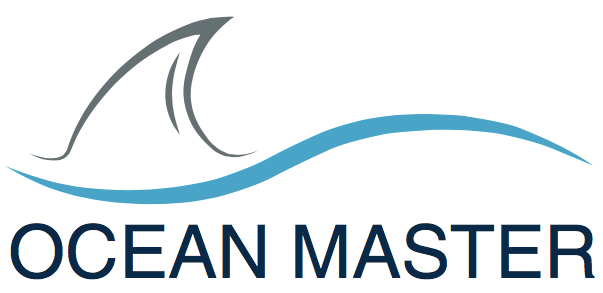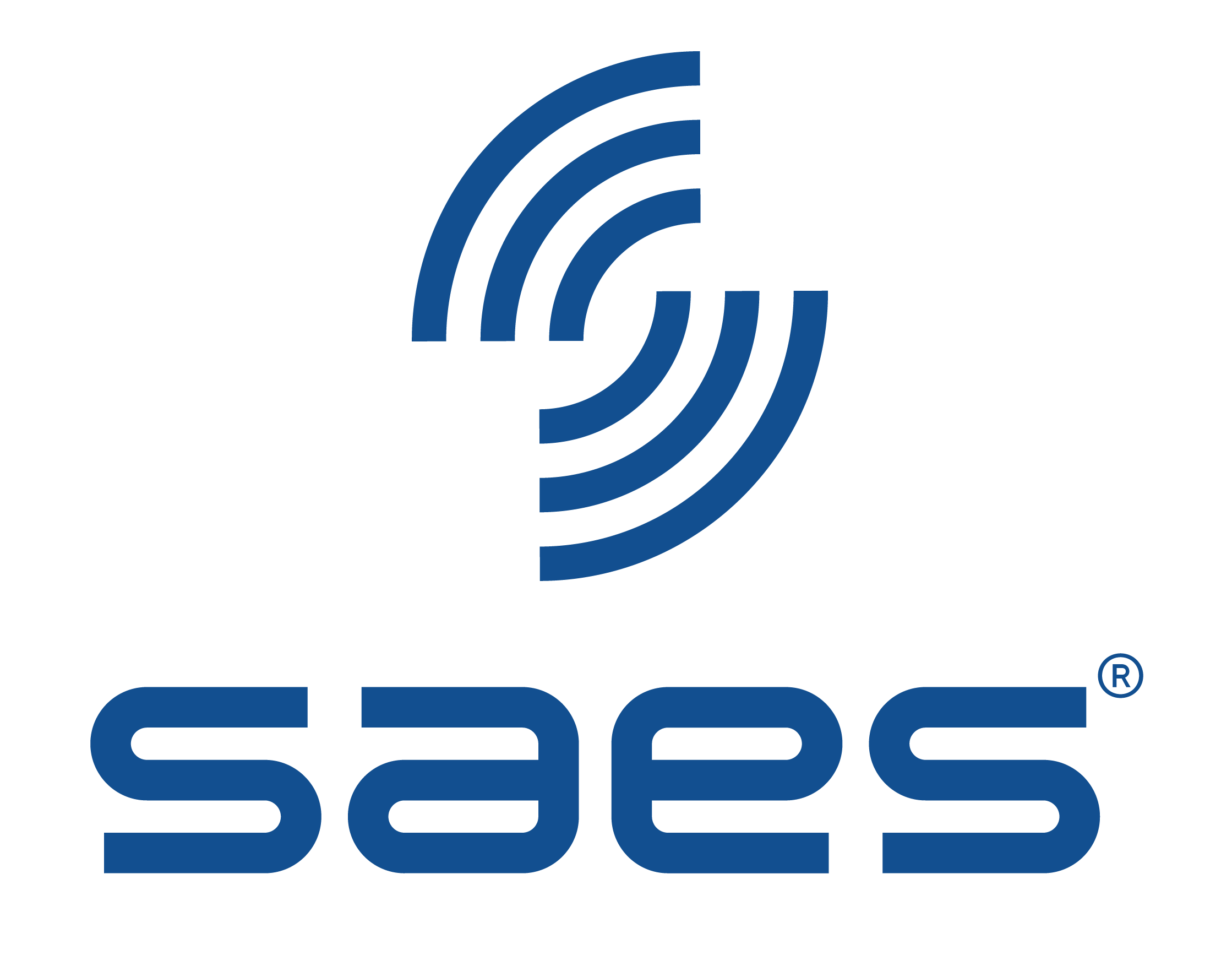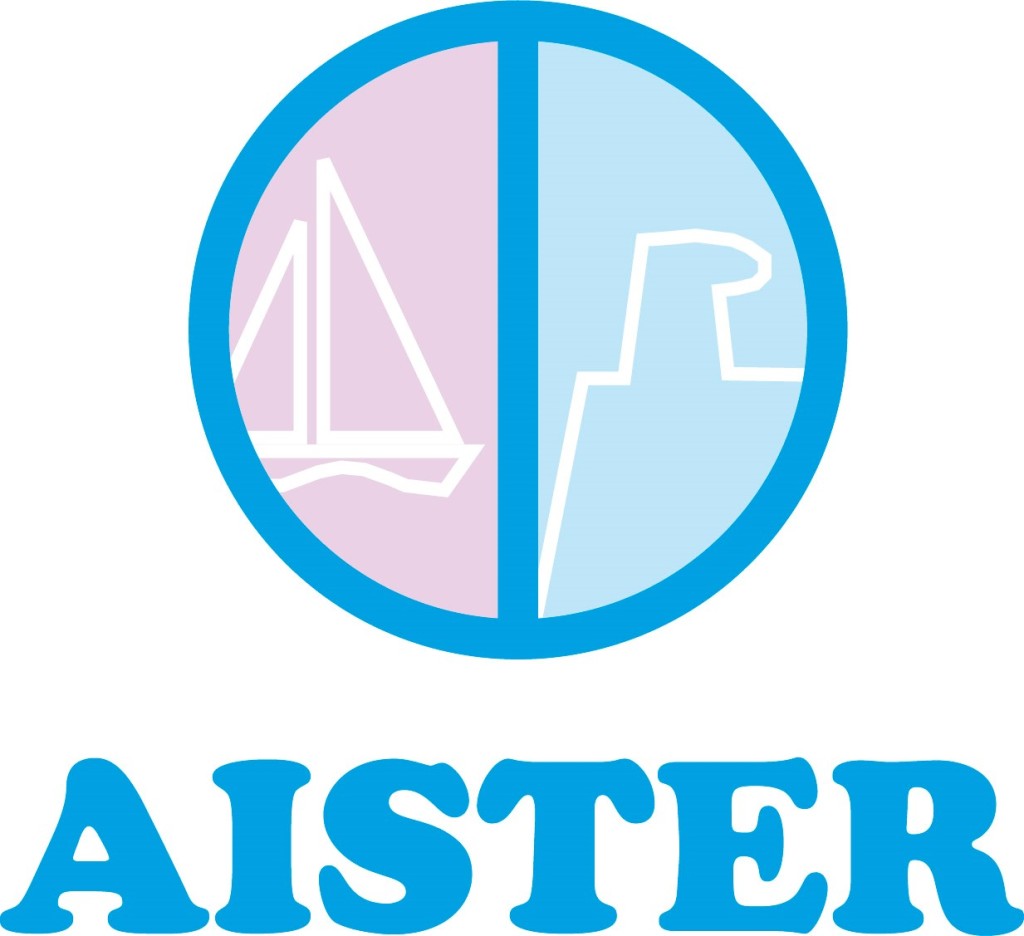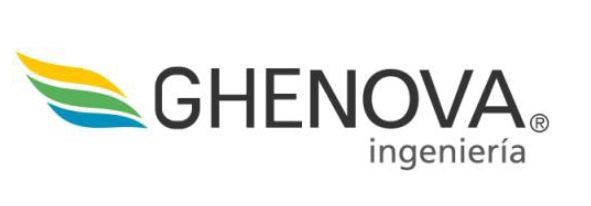Ha sido desarrollado por el consorcio formado por ELINCO, AISTER, GHENOVA, AID y SAES. Está concebido para adaptarse a todo tipo de plataformas navales.
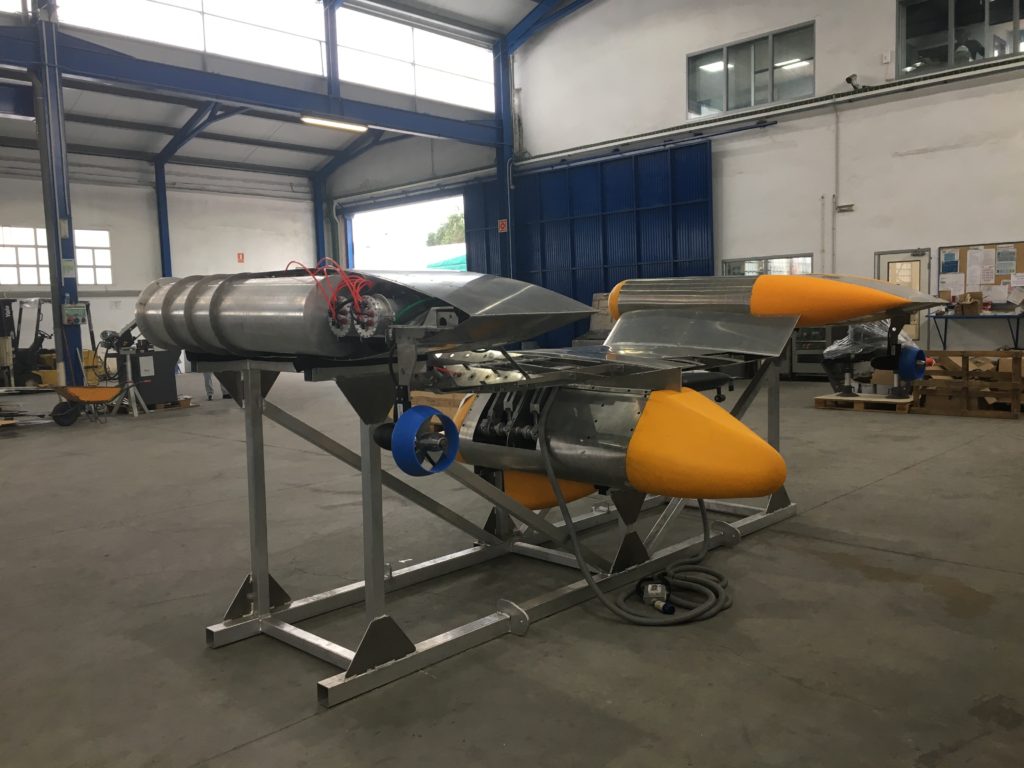
El proyecto “Ocean Master”, del consorcio formado por ELINCO, AISTER, GHENOVA, AID y SAES, ha quedado finalista en la categoría “Proyecto de ingeniería marítimo destacado”. Para la valoración, se han tenido en cuenta los criterios de innovación en la construcción y diseño, utilización de materiales innovadores, mejoras y beneficios originados, así como el valor para la sociedad y la industria marítima. También ha participado Navantia como observador del proyecto mostrando un gran interés por los resultados y tecnología.
Los galardones se entregarán el próximo 12 de febrero en Bilbao, coincidiendo con la World Maritime Week (WMW). SAES asistirá a dicho evento además de participar en la feria como expositor. A la entrega de premios FINE (Fomento de la Industria Naval Española) asistirán los principales directivos y personalidades del sector (armadores, astilleros, instituciones, asociaciones, industria auxiliar, etc.). Además, el evento cuenta con la presencia y apoyo de Navalia, Sinaval, Cepesca, Clúster Marítimo Español, Asociación de Ingenieros Navales y Oceánicos de España y Anave., entre otras instituciones.
Proyecto OCEAN MASTER (Vehículo Autónomo Multipropósito para diferentes ambientes y roles en operaciones oceánicas).
El proyecto OCEAN MASTER está enfocado al desarrollo de un vehículo no tripulado multimisión. Su configuración es modular y tiene capacidad de realizar misiones en ambientes altamente complejos y demandantes. Este vehículose adapta a todo tipo de plataformas navales mediante un sistema de despliegue y transporte propio.
La participación de SAES en OCEAN MASTER se centra en dos aspectos: carga útil del vehículo y comunicaciones acústicas entre vehículos o entre un vehículo y superficie. Como carga útil se emplea un Sonar de Barrido Lateral (SBL) para realizar levantamientos de fondos y vigilancia de canales y aproximaciones a puertos. También un sonar de detección de buceadores y de objetos en la columna de agua. Como sistema de comunicaciones se utiliza un enlace de datos acústico para permitir el intercambio de comandos y datos.
Soluciones de seguridad y medición submarina.
Durante la celebración de la WMW, SAES contará con un stand (D21) en la zona expositiva de la feria. Se mostrará un modelo del sonar DDS-03 para detección de buceadores dirigido a la protección de infraestructuras críticas y buques. Además, se exhibirá una maqueta del hidrófono digital inteligente SDH. Este dispositivo está dirigido a la realización de mediciones acústicas en el mar y es especialmente útil para la comprobación de requisitos medioambientales en lo relativo a emisiones acústicas.
Subvención europea.
OCEAN MASTER fue seleccionado en la convocatoria FEDER Innterconecta 2015. Ha estado cofinanciado por CDTI (Ministerio de Economía y Competitividad) y fondos FEDER a través del Programa Operativo de Crecimiento Inteligente 2014-2020. Se ha desarrollado en las comunidades de Andalucía, Galicia, Madrid y Murcia. Está prevista su finalización en marzo de 2018 y cuenta con un presupuesto global de 2.138.782 €.

